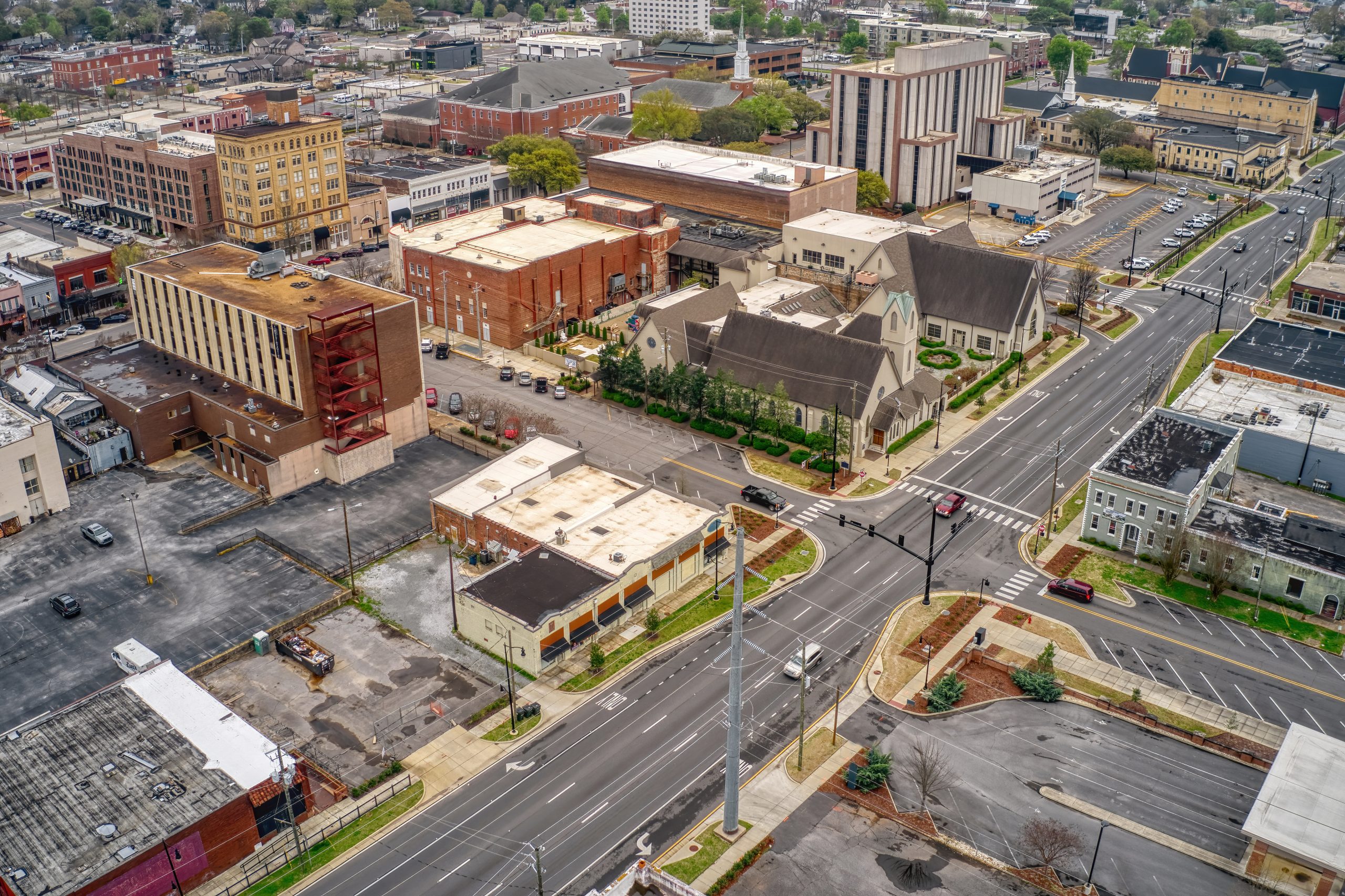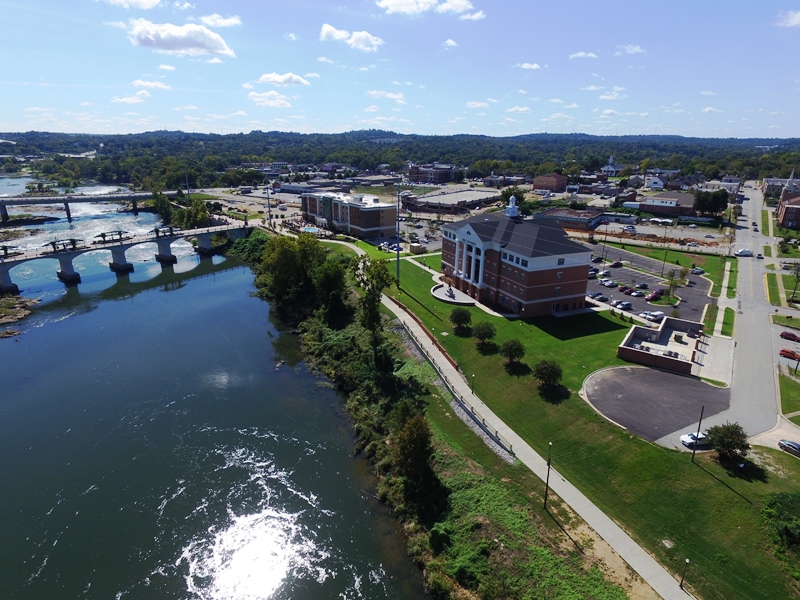Since it’s inception in 1986, the Low Income Housing Tax Credit has been an integral component in fostering the development of multifamily housing throughout the United States. With an annual tax credit value over $8 billion, the program funded 21 percent of all multifamily development between the years of 1987-2008.
At the 85th Annual United States Conference of Mayors (USCM) meeting, six resolutions were passed in support of expanding the Low Income Housing Tax Credit (LIHTC), stressing the importance of investment in affordable housing and community development. The resolutions call on Congress to create and preserve programs to address the nation’s affordable housing crisis.
Alabama ranks among the most affordable places to live in the United States, according to Out of Reach 2017.
In Alabama, the Fair Market Rent (FMR) for a two-bedroom apartment is $768. In order to afford this level of rent and utilities without paying more than 30 percent of income on housing, a household must earn $2,561 monthly or $30,735 annually.
Renters make up thirty-two percent of all households in Alabama, totaling 588,196 households. Of the 588,196 renting households, 152,850 households are severely burdened, spending more than fifty percent of income on housing costs including utilities, according to a recent report by National Low Income Housing Coalition (NLIHC).
Alabama has the third lowest percentage of severely burdened households in the United States at 26 percent of all renters.
A number of organizations both governmental and non-government are working to expand affordable housing infrastructure in the state of Alabama to reduce this rate even further.





